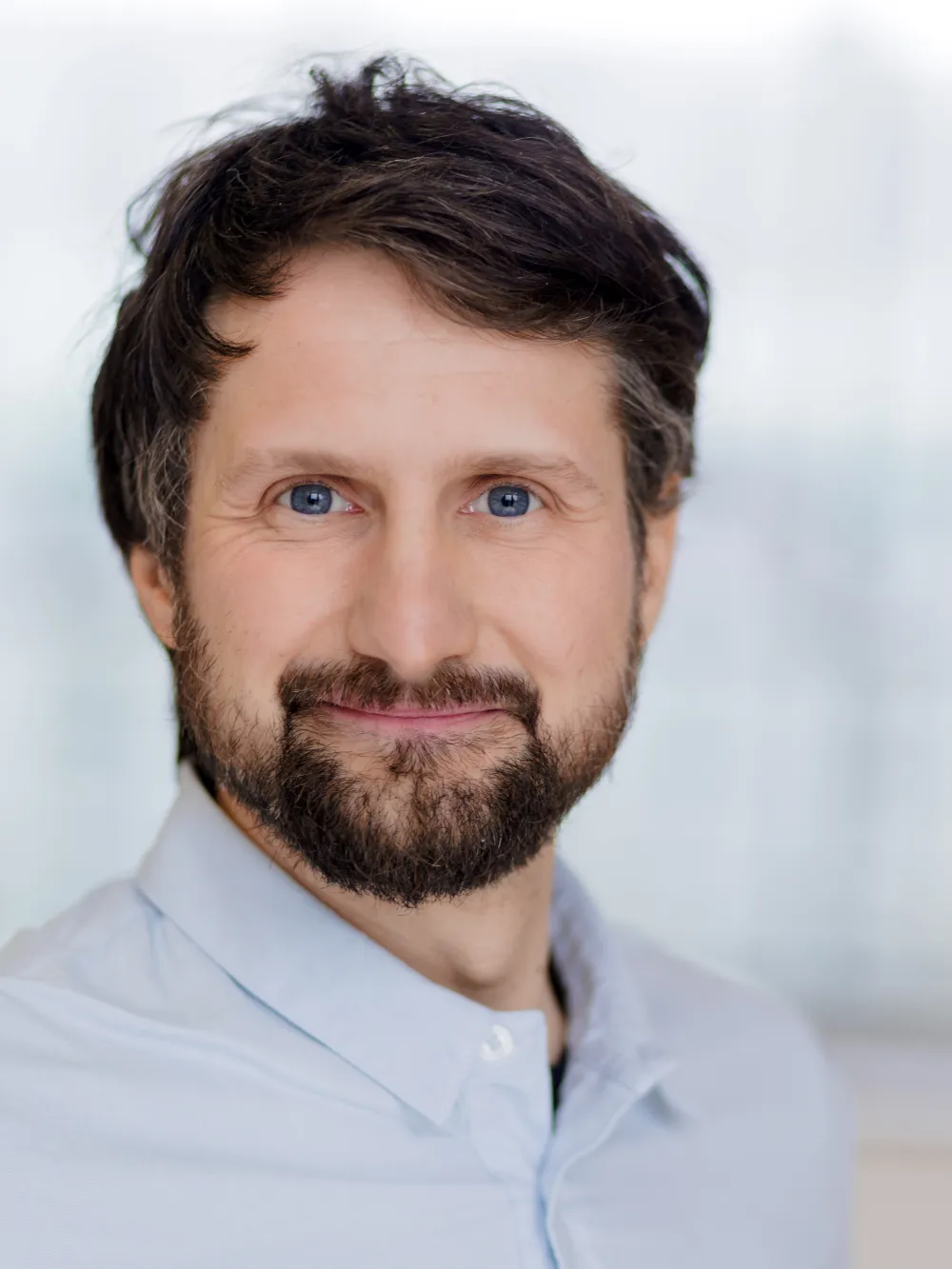After completing my Master's degree in Conservation and Restauration – Stone at the University of Applied Sciences Potsdam, I briefly worked as a freelance restorer. Since 2018, I have been working in the specialist laboratory for conservation issues in monument preservation with Prof. Dr. Eberhard Wendler. As an expert, especially for mineral building materials, I support restorers, civil engineers and architects by carrying out preliminary scientific analyses to develop professional concepts for the preservation of buildings worthy of preservation and historically valuable individual objects.
My expert work on listed buildings includes the determination of building physics material parameters, mostly using non-destructive testing methods on site. These practical findings and my involvement in the Scientific and Technical Working Group (WTA) on the subject of capillary water absorption testing of porous building materials are to be further developed in my dissertation.
Research project in the DocDual on the topic: "Non-destructive measurements of capillary water absorption on architectural monuments and works of art made of porous mineral materials."
The Karsten test tube is frequently used in the construction industry, especially in the preservation of historical monuments, for the non-destructive investigation of the capillary water absorption behaviour of various porous building materials. This in-situ measurement method is now established for assessing the water absorption behaviour of listed buildings due to its substance-friendly measurement procedure. It is used to assess the condition, select replacement building materials that are compatible with the existing structure, evaluate protective materials and assess composite thermal insulation systems. In addition to the new findings on the geometry of the forming water body, the first previously unpublished series of measurements show specific deviations from the root-t-law, which is used without restriction for evaluation. After more than 60 years of use, there is now a need to evaluate the measurement method in order to improve the accuracy of the evaluation programmes and guarantee reliable determination of the characteristic values. The main objective of the doctoral project is therefore to investigate the anomalies in water absorption capacity measured in practice and the deviations from the root-t-law and to integrate them into a new evaluation programme.
In this context, new approaches for optimising and simplifying the digital evaluation as well as the previous measurement method are to be developed. The aim is to make the non-destructive testing method more reliable and user-friendly, taking into account scientific standards, and thus familiarise a broader specialist community.

